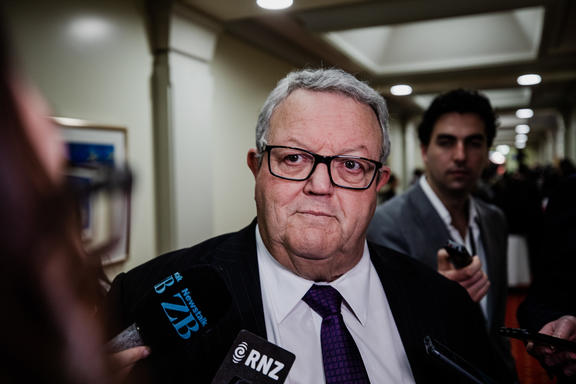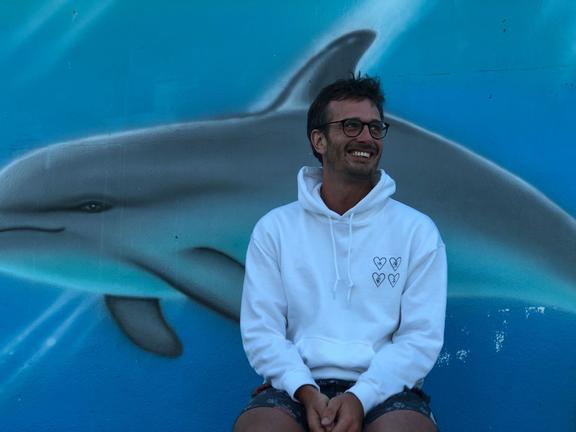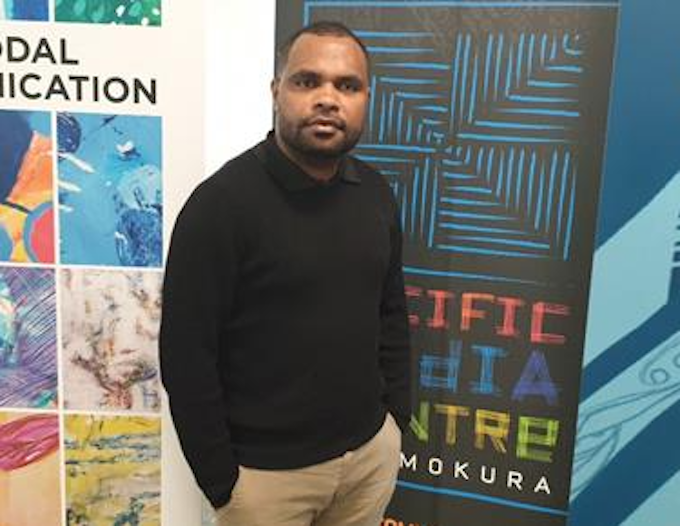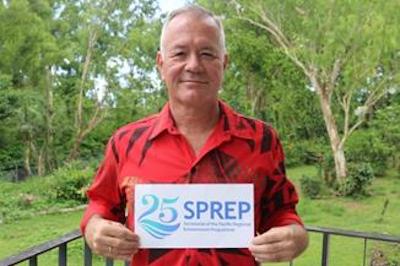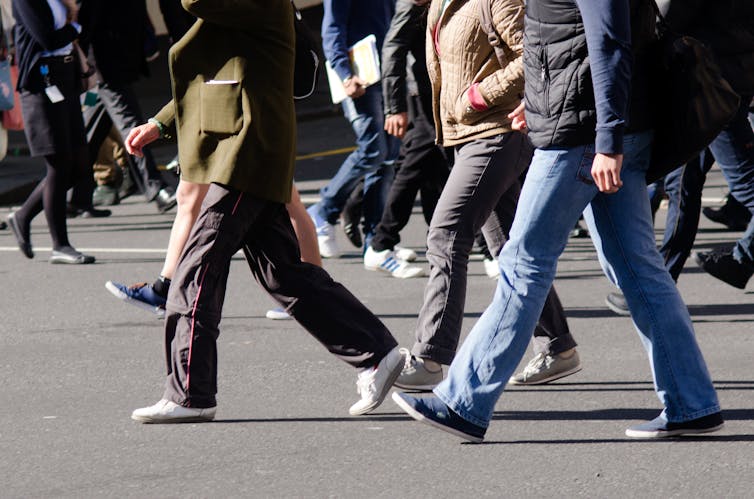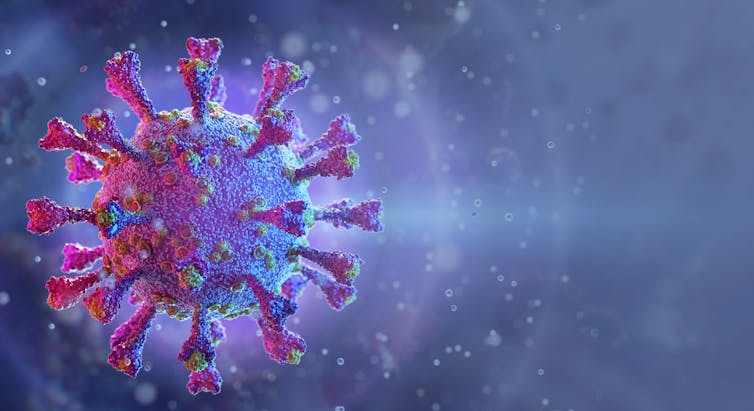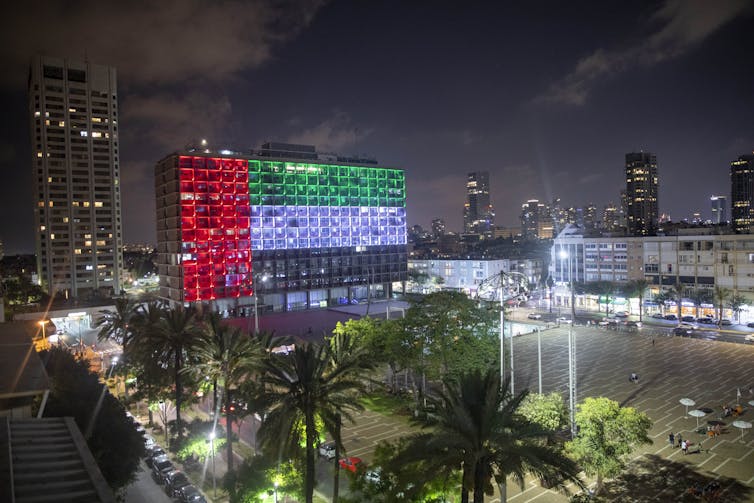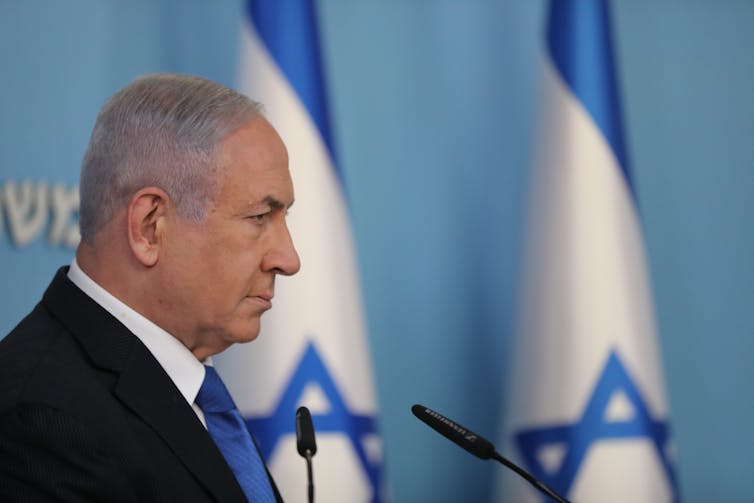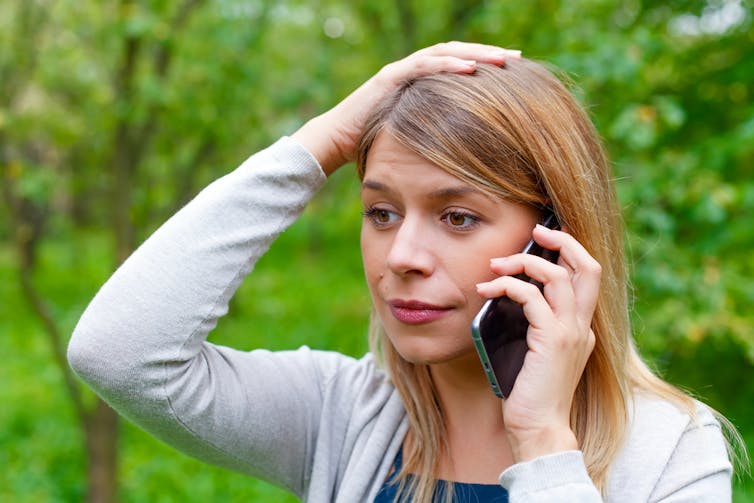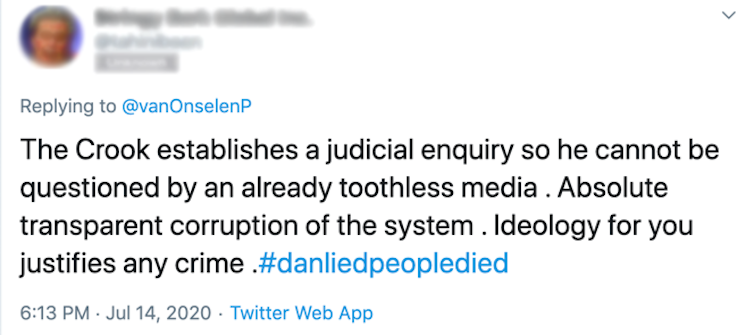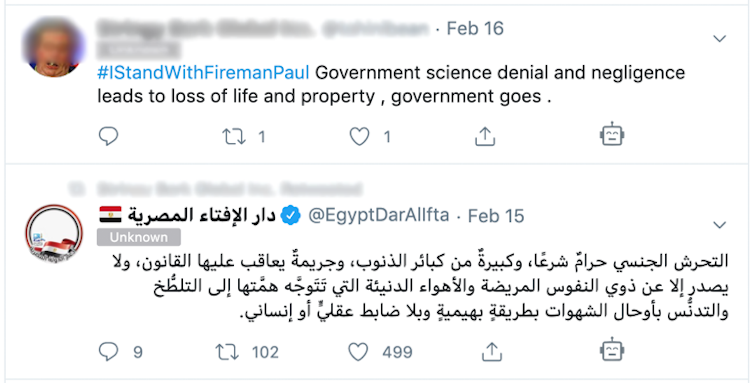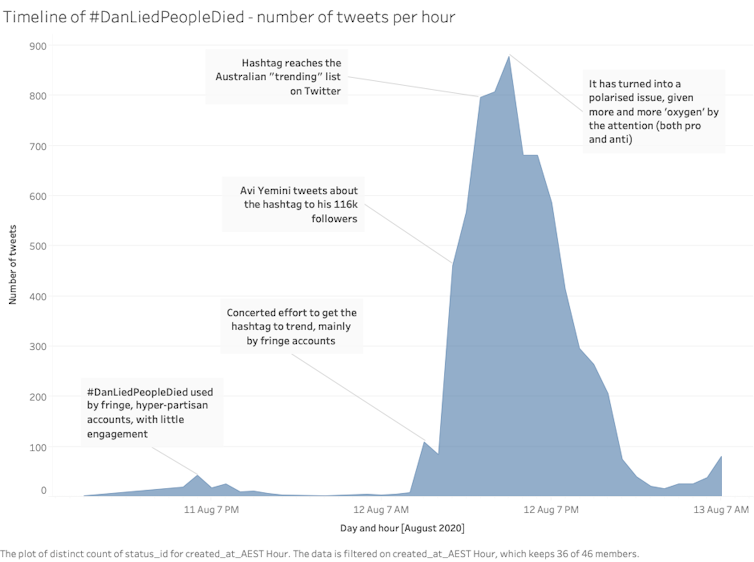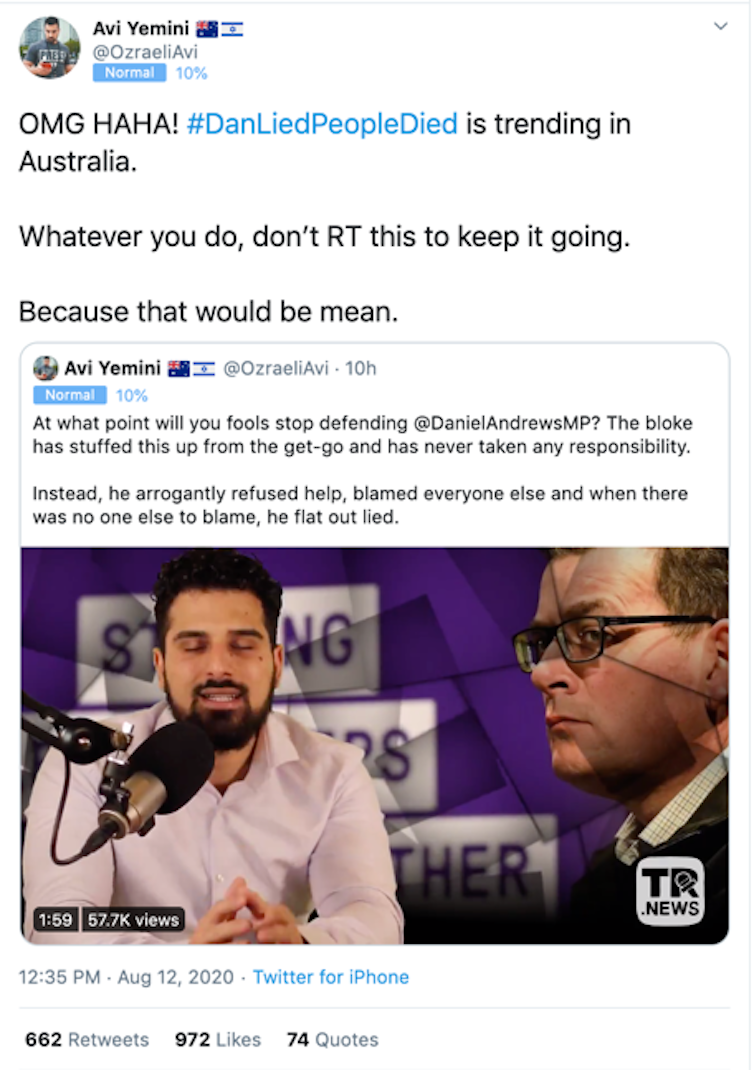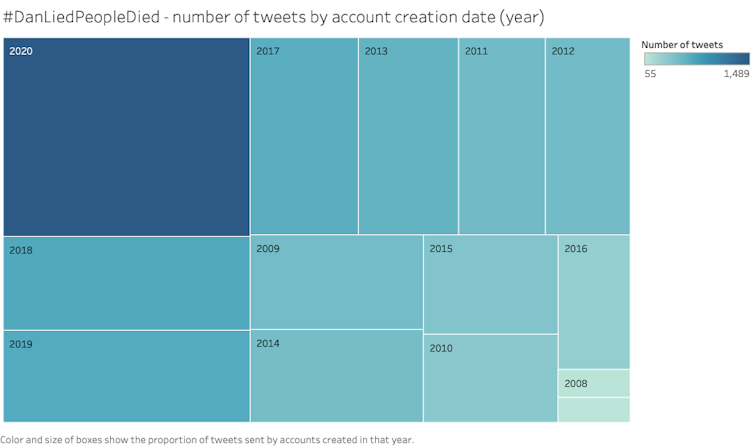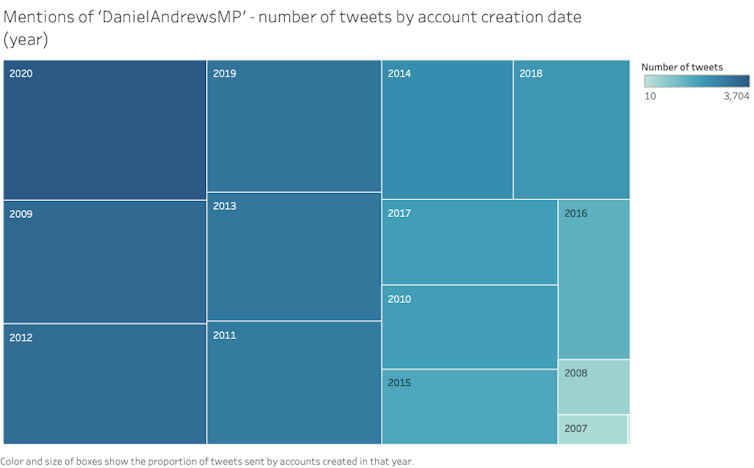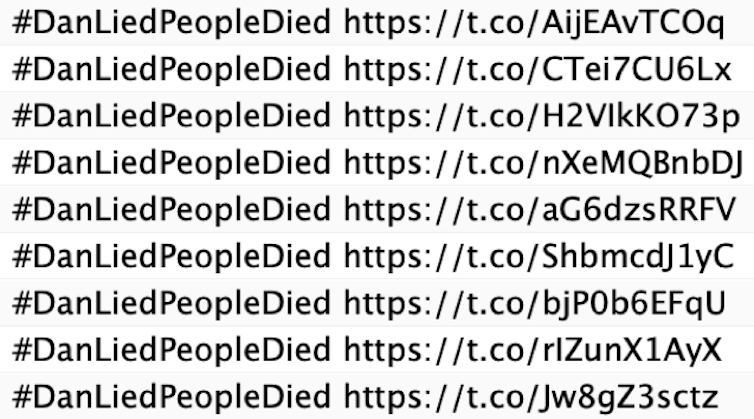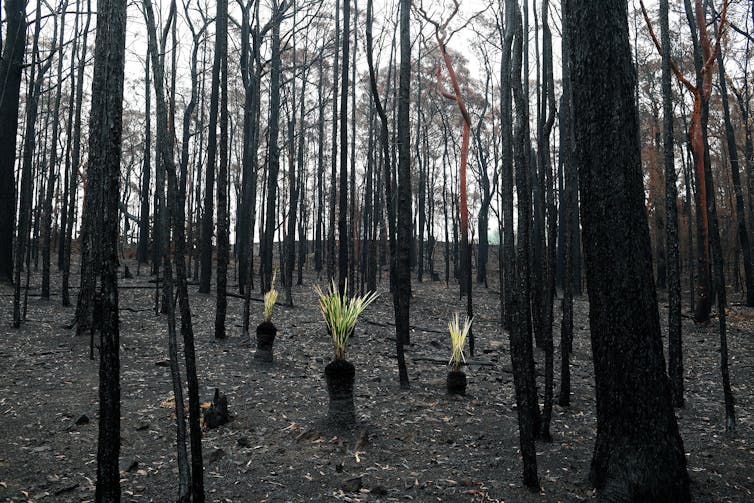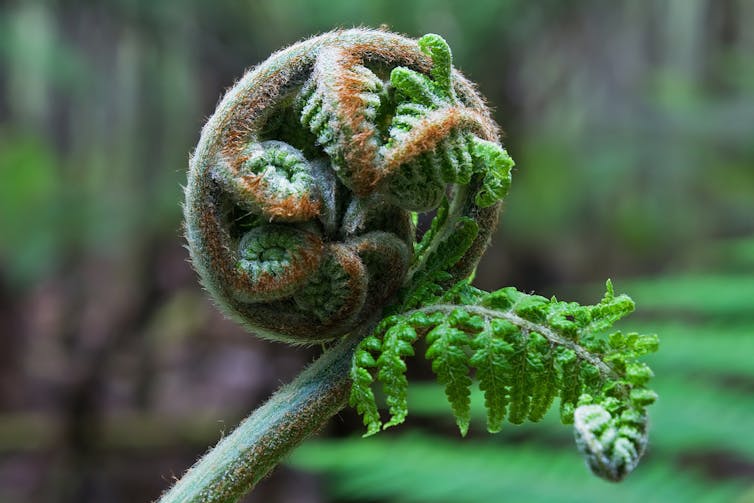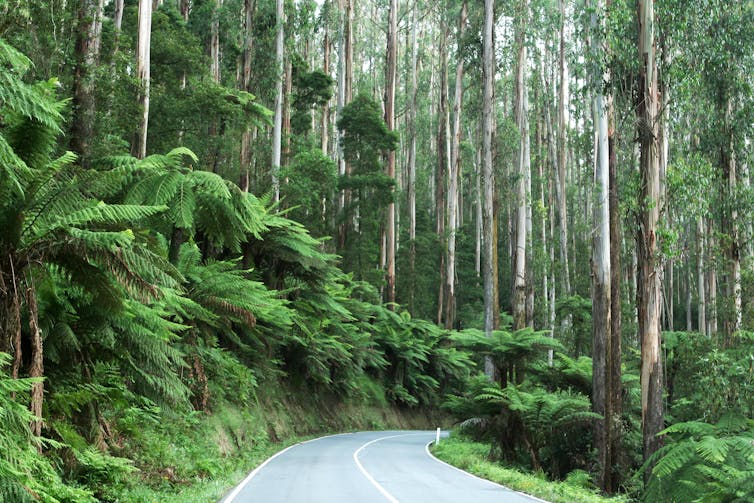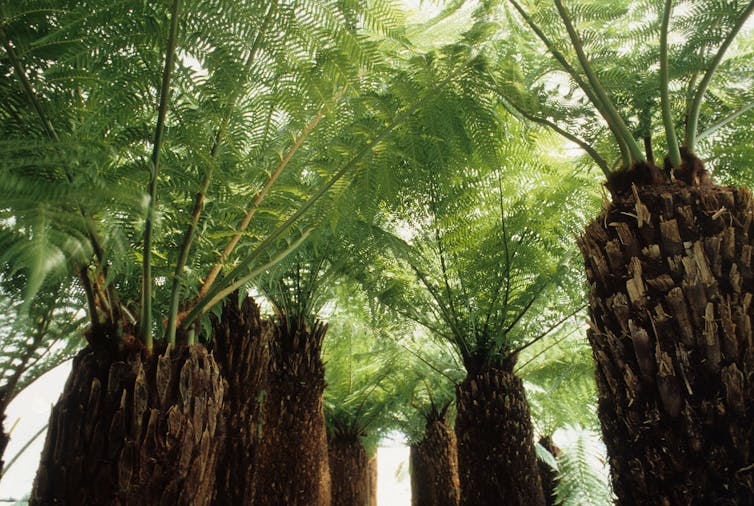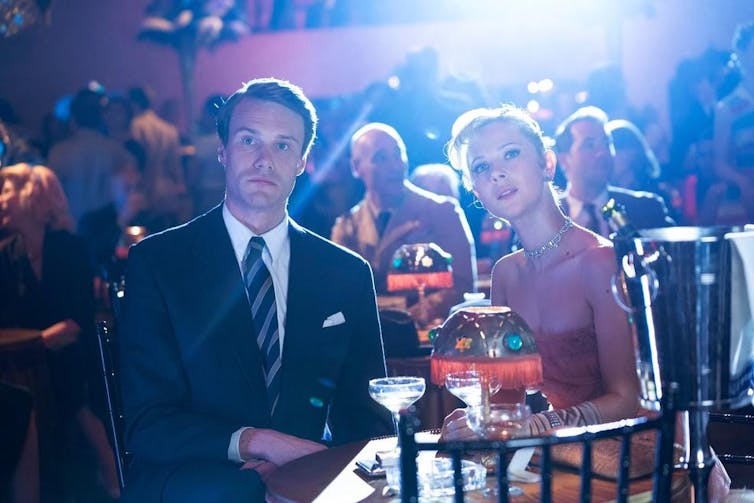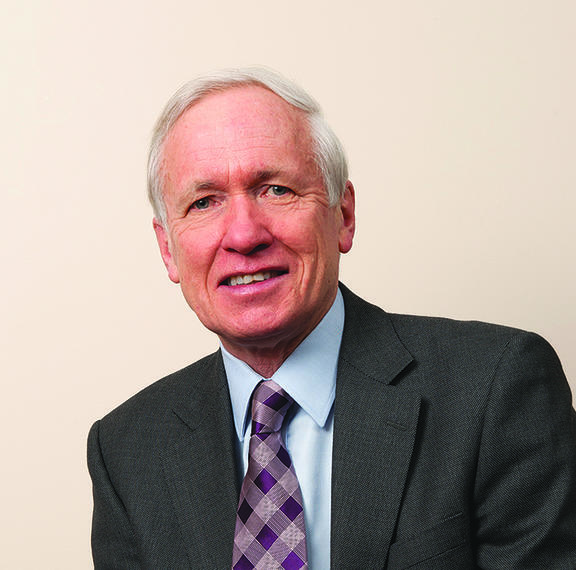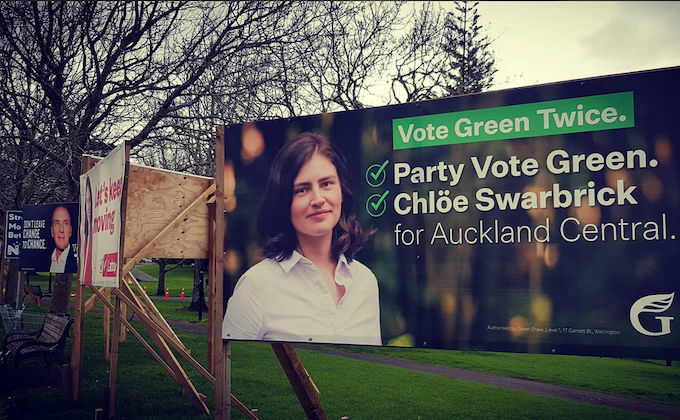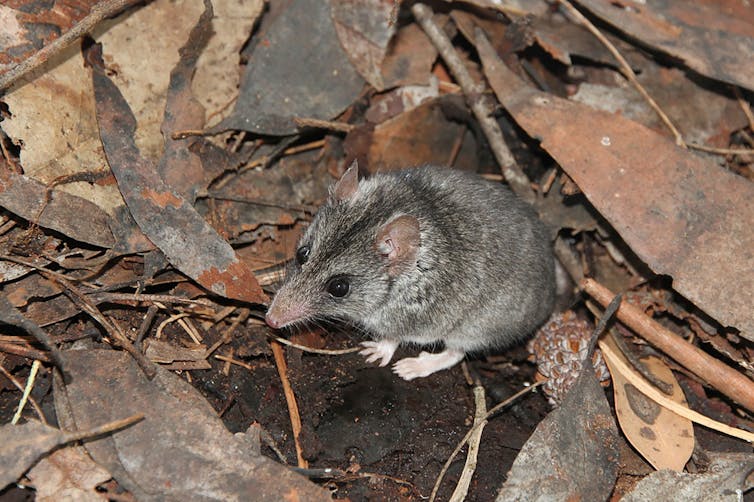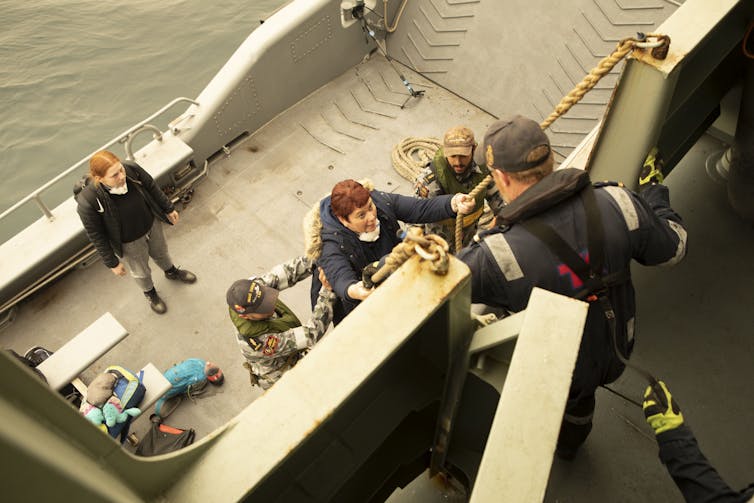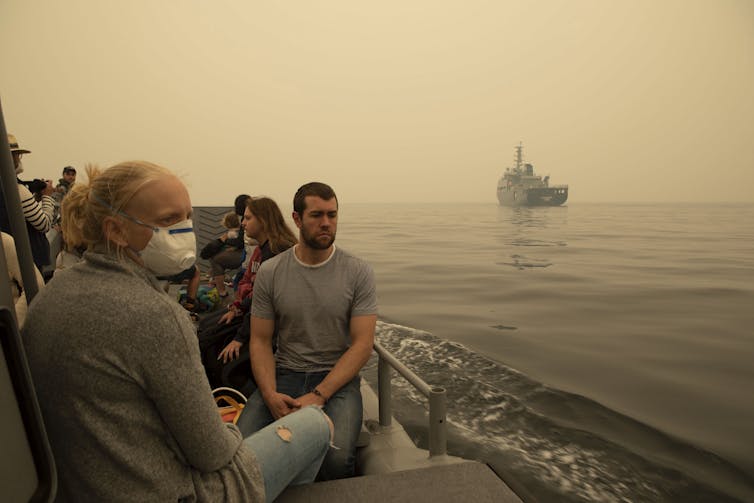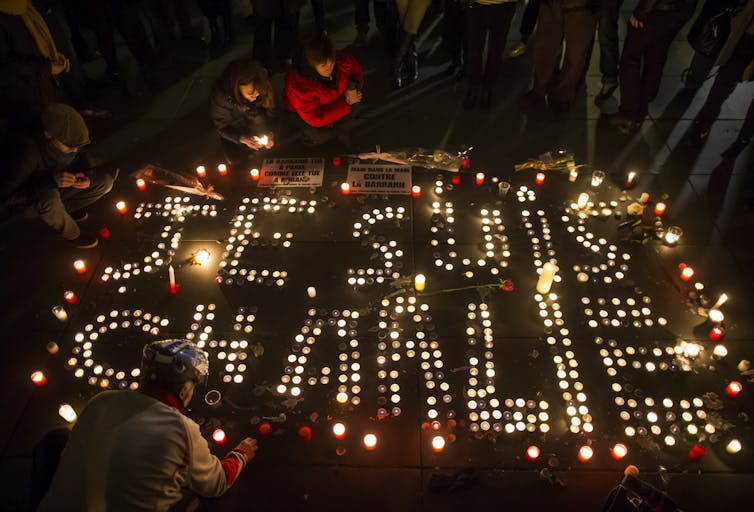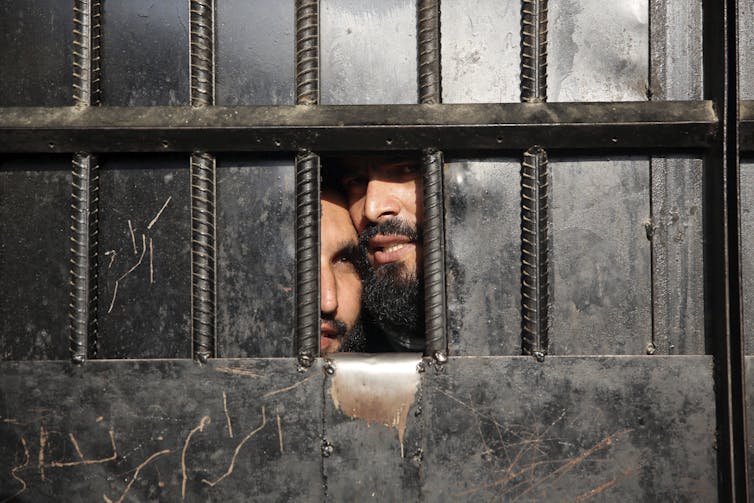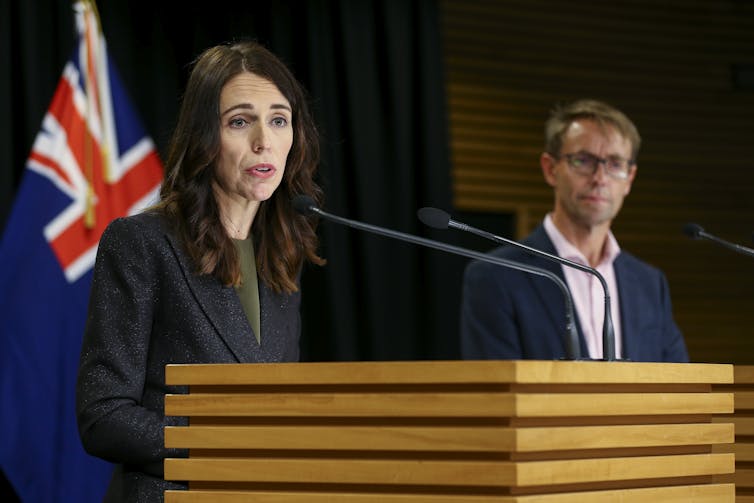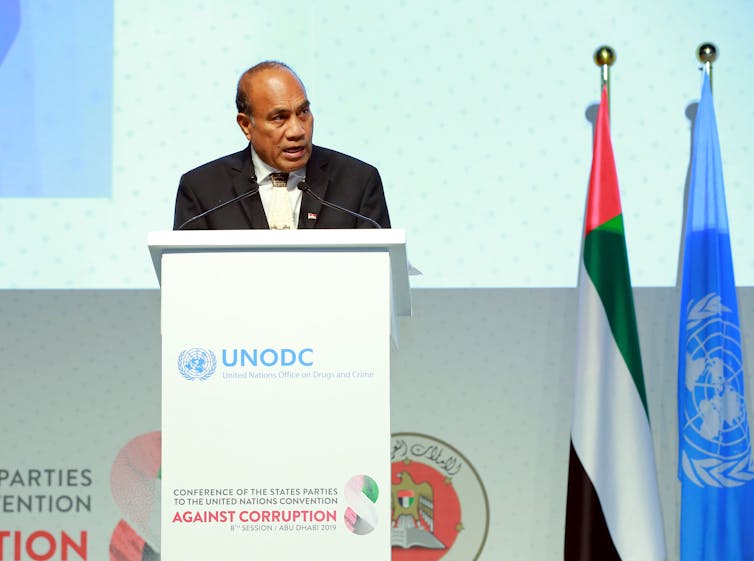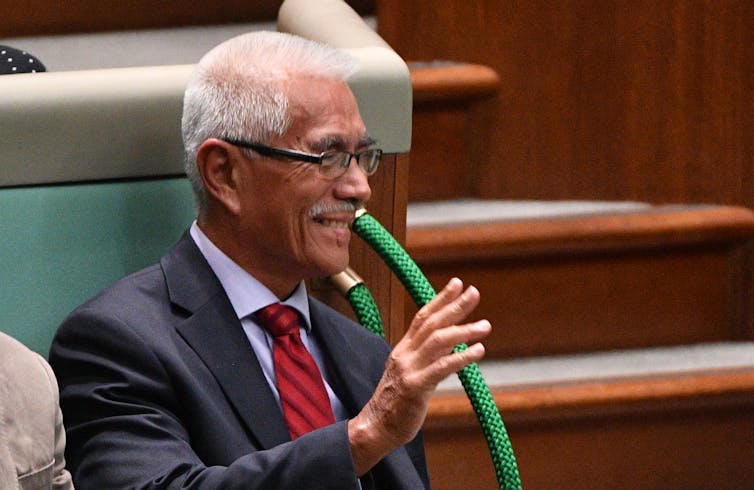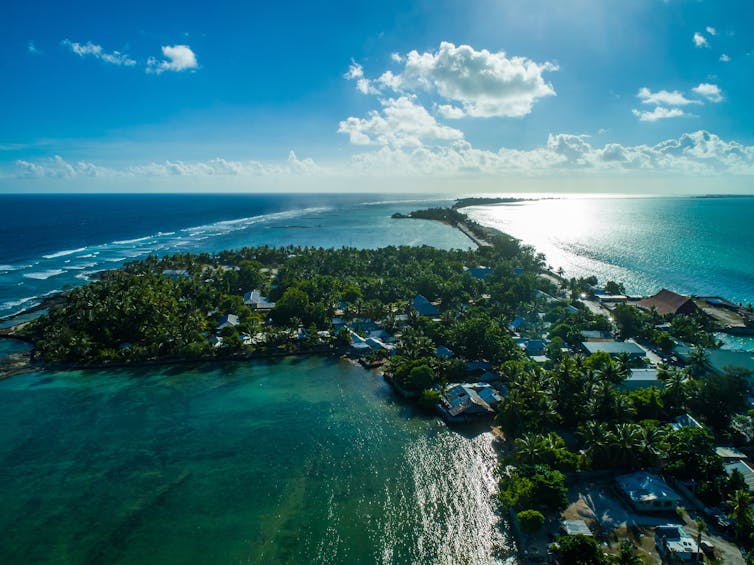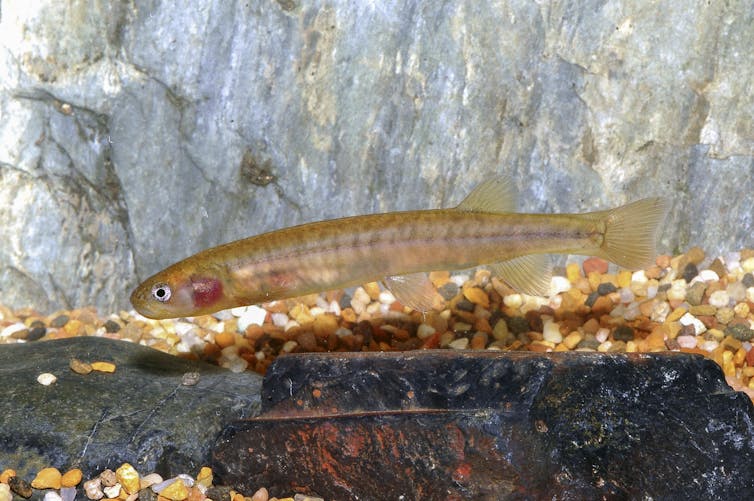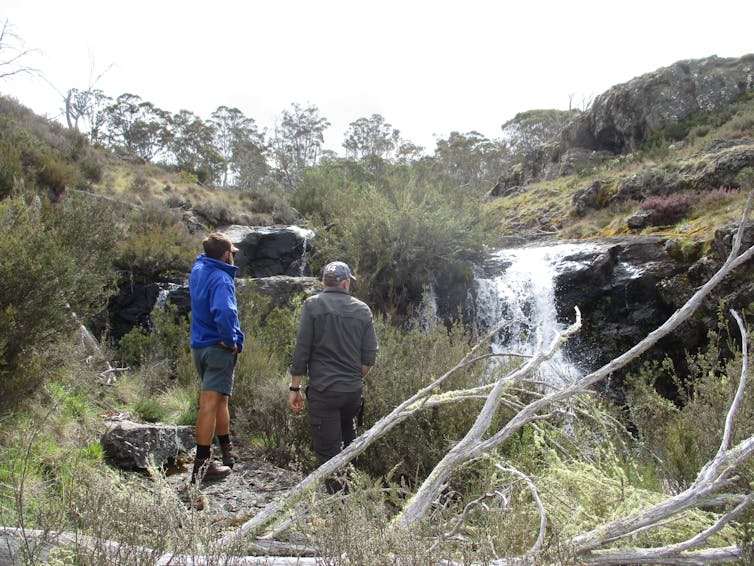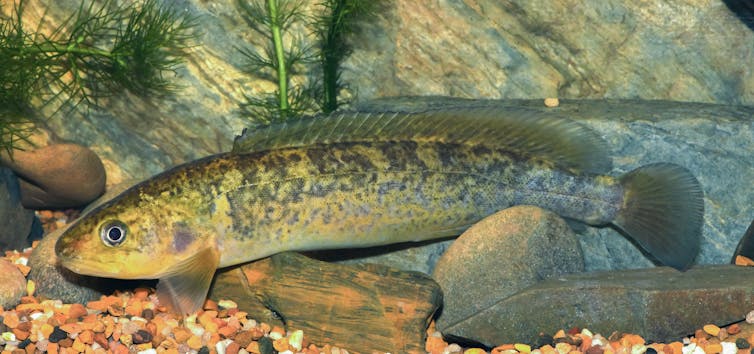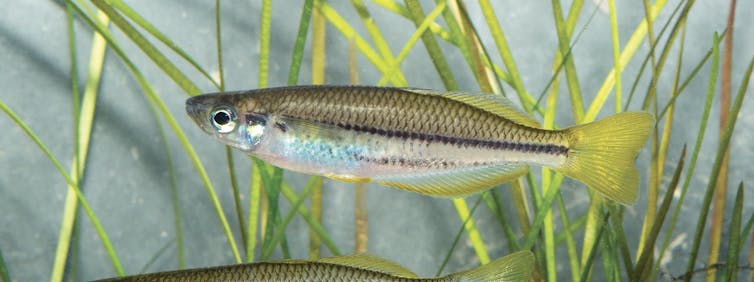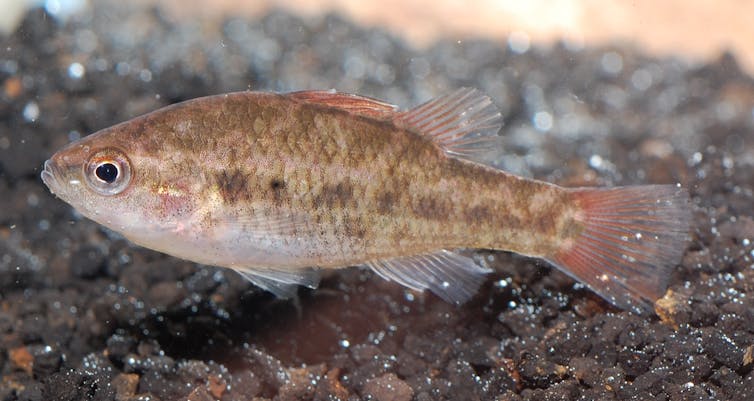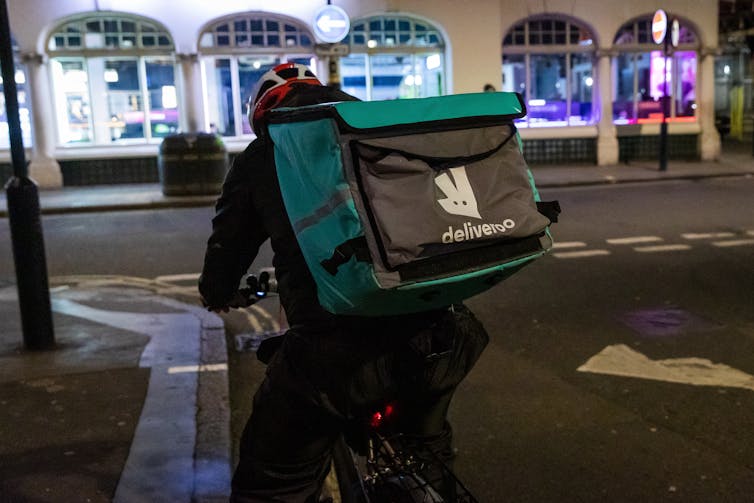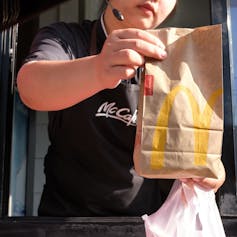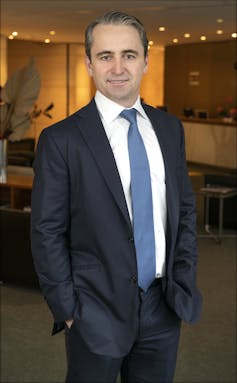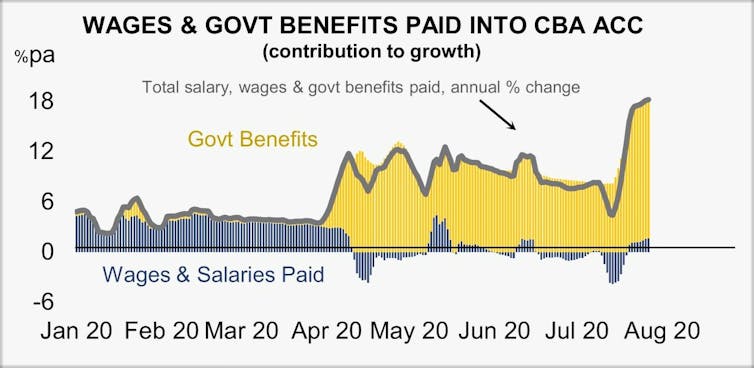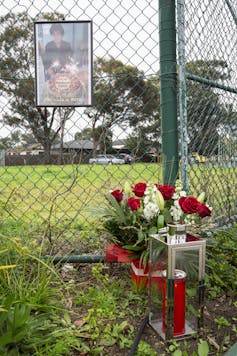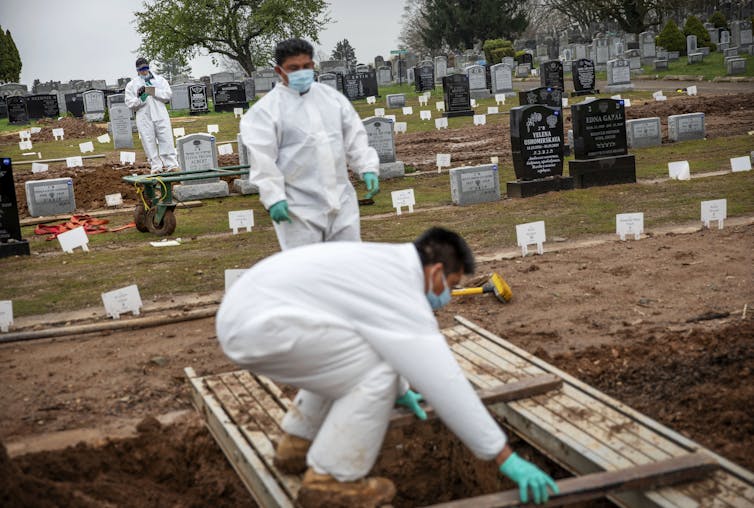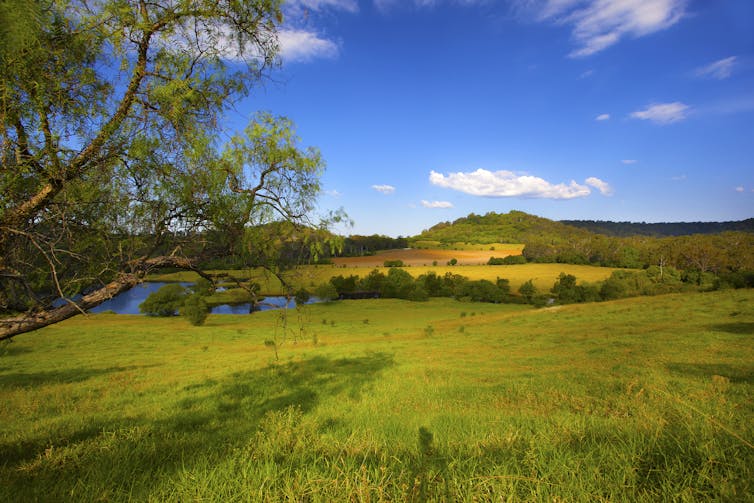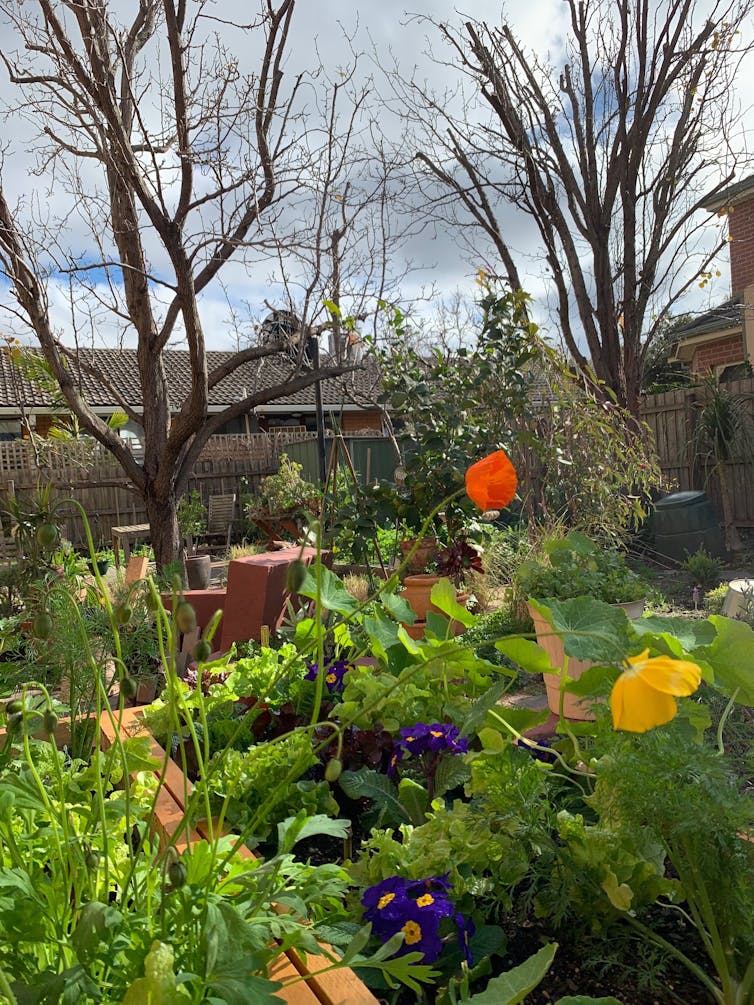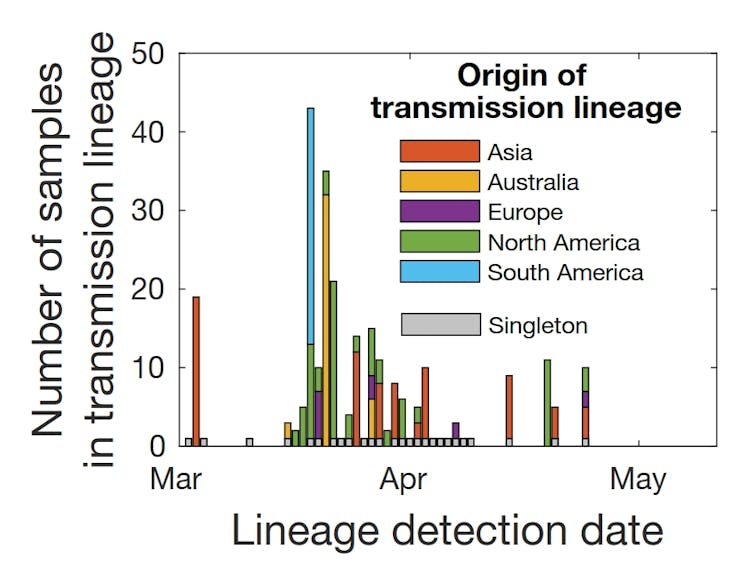Source: Council on Hemispheric Affairs – Analysis-Reportage
By Arturo López-Levy
From Oakland, California
Throughout the Democratic Party primary for the 2020 elections, for the first time all the candidates proposed a policy towards Cuba in line with the course of dialogue and exchange led by President Barack Obama in his last two years in office. This consensus of the Democratic Party expresses a rejection of the US policy of sanctions against Cuba, for which the United States, in addition to causing considerable harm and scarcity to the Cuban people, has entered into conflict with the rest of the world, including its closest allies in Europe and Canada. These countries consider exchange and dialogue with Cuba the best way to promote a friendly insertion of the island into a liberal post-cold war order.
The consensus around the need to lift the current restrictions on trade and travel should not be confused with a common diagnosis about the Cuban government or what should be the best policy to replace the sanctions. The issue entered the US campaign early when senator Bernie Sanders (Democrat of Vermont), argued in favor of a nuanced vision, in which both the authoritarian features of the Cuban government and its important social, health and education achievements will be evaluated, that a comprehensive human rights approach would appreciate and seek to preserve. This position was not new in the Democratic Party as it has been expressed in one way or another by three former presidents: Jimmy Carter, Bill Clinton and Barack Obama.
Despite this reality, several of Sanders’ opponents presented him as a naive ignorant of the realities of the island, when in reality the senator was one of those who had perhaps most visited the island and studied the Cuban situation. The same has happened with congresswoman Karen Bass, leader of the African-American caucus in the House of Representatives, whose name was considered on the short list of possible candidates for the vice presidency. Bass was since 1973, for some years, a member of the Venceremos Brigade and traveled several times to the island, even favoring in her different legislative positions, since 2004, a policy of rapprochement and good will in negotiating with the government in Havana.
The picture has been very different in the Republican Party. Despite the fact that an important sector of this party also considers the sanctions a worn and harmful instrument for the interests of the American business community, and an anti-libertarian case of undue government interference in the travel and business rights of the citizens by the US government. In the US, President Trump defined his policy toward Cuba in terms of “keeping Senator Rubio happy.”[1] .
The context described and its more in-depth analysis serve as a framework to raise important questions about which policies might be most likely to be adopted in the different post-electoral scenarios, depending on the candidate who wins the November elections. Here is an analysis based on five questions and a set of responses that could serve to structure an informed discussion on the topic:
- What can be expected from a re-election of Donald Trump for president of the US in terms of its policy towards Cuba?
Trump is a quirky president with a big ego. His policy toward any country will be largely defined by his instincts, his entrepreneurial interests, and his “grand vision” of the legacy he is about to leave behind. As the recent memories of former advisor to Trump, John Bolton, revealed, the position of “America first” stated by the President is just a slogan, without much coherence or reflection on what implementing a nationalist conception means. Assuming as a “systematized” position, it should be best understood as “America only”, a unilateral position, in which Trump expects to dictate his terms to a multipolar world.
It can not be ruled out then that Trump continues by inertia with the same policy towards Cuba but neither that he seeks to negotiate with the island, once Raúl Castro retires in 2021, if that offers an advantage for the US president. It is known that before winning the presidency, even in the middle of the Republican primary, he sent several of his subordinates to explore business opportunities in Cuba under Obama to thaw. It must be added that pro-embargo members of his team have been dismissed (John Bolton) or on the way out (as Mauricio Claver-Carone is competing to head the Inter-American Development Bank). Carlos Trujillo is still there, now in the Department of State’s Undersecretary for Latin America, a key position against new negotiations. But the maxim “keep Rubio happy,” (a phrase attributed to Trump to define the policy toward Cuba), to guide policy towards Cuba could be affected when senator Rubio (Republican of Florida) begins his election campaign in 2024, and tries to keep some distance from the White House. At the very least, Trump’s policy toward Cuba should not become more aggressive, if the current team remains. Bolton and Claver-Carone output from the National Security Council is a big factor, since neither the priorities nor the staff would be so obsessed with the Cuba and Venezuela issues, as has been the case so far. However, nothing can guarantee that new “hawks” in favor of tightening measures against Cuba will not reach a possible second Trump administration.
- If the winner is former Vice President Biden, should an automatic return to the policy of Obama be expected?
From the point of view of rationality, and the values and national interests of the United States, a president Biden should resume Obama’s policy immediately. However, it is symptomatic that as a candidate, Biden has not emphasized the issue and has sought to win Cuban votes in Florida by appealing to other issues on the progressive agenda (jobs, health). The issue of Cuba came up in Miami during the Democratic primaries because of the nuanced statements of Senator Bernie Sanders. The Vermont senator, from the Social Democratic wing, contrasted authoritarian flaws in the Cuban political system with its positive performance in health and education. Biden did not hesitate to criticize him based on the total demonization of the Cuban government that prevails in the political discourse of the main parties, ignoring that the same position of Sanders had been enunciated before by Obama, Carter and even Bill Clinton.
In this light, we should add a whole dominant narrative developed by his circle of advisers and organizers of the Democratic campaign in Florida. That position insists on presenting Obama’s change not as what is relevant to American interests and values, or appropriate under international law. Rather, they pose the opening to Cuba as a mere modification of methods to achieve the goals of regime change imposed from Miami to the island, measures that the sanctions have failed to achieve. Even Obama used that twisted logic on occasion.
At this time, such a proposal has neither head nor feet and only serves to pay tribute at the altars of the McCarthyist Cuban right and confuse progressive bases, without educating even anti-communist liberals on the importance of breaking with a binary approach towards Cuba. To dismantle the legacy of the Cuban Revolution and impose the heirs of the pre-revolutionary political elites in Cuba is impossible without US military intervention, a total collapse of the Cuban government caused by hunger from the most inhuman regime of sanctions, and a bloodbath. Obama’s policy of openness and negotiation went in another direction. In politics, whoever changes the means, must adjust the ends.
A nuance in this regard was the consideration of Congresswoman Karen Bass (D-California ), a former member of the Venceremos Brigade but today distanced from those more radical positions, for the short list of candidates for the Democratic vice presidential candidacy. Bass has never stopped advocating for a policy of detente and dialogue with Cuba, with a nuanced view on the Cuban situation. Her prominence in the media as the leader of the African-American caucus in the House of Representatives, and also as a result of the high profile racial issue following the death of African-American George Floyd in Minneapolis and subsequent protests, have brought the issue of Cuba into the spotlight. Unlike 2008 when anti-sanctions positions were in a slump, the pro dialogue efforts with Cuba reaches 2020 with a momentum to lobby for that option from ethical and humanitarian grounds, as well as economic and even strategic interests.
Nor can we forget that if Biden wins and with that Democrats’ power in the Senate is improved, it is likely that senator Robert Menendez ( D-New Jersey) may occupy the presidency of the International Affairs Committee. Menendez is perhaps the last Democrat with an openly pro-embargo stance, but his ability to block any efforts to improve the relationship with Cuba from the presidency of a senatorial committee cannot be underestimated. Particularly if President Biden does not consider Cuba an issue so important as to burn that relationship with the senator.
In short, it is to be hoped that until a defining clash occurs in Congress over a key issue, such as freedom to travel, a Biden administration will aim for policies of exchange programs, but without the intensity and priority of the last two years of Obama after the historic opening of December 17, 2014. It should also be noted that between 2014-2017, Obama and Raúl Castro negotiated the less complex issues of the conflict. The issue of nationalizations and compensations, or human rights issues, were barely outlined. And the Guantanamo base? Well, thanks. Of course barbarities as opening the Title III of the Helms-Burton law is not expected to continue. That was only expected from a National Security Council with Bolton and Mauricio Claver-Carone in charge of the hemispheric portfolio.
- Bolton will no longer be in the White House, and it seems that Mauricio Claver-Carone will leave as well. Could this personnel change lead to a policy change?
That may happen but not very likely. Bolton’s firing at least does not harm the bilateral relationship with Cuba, or indeed US foreign policy. He was a bad official (he forgot who the US voters had chosen) with terrible ideas about the relationship of the US with the world. His departure and that of Claver-Carone have not indicated a policy change. There are enough supporters of their positions in several key positions in the Department of State though (Carlos Trujillo, for example, as Undersecretary of Hemispheric Affairs) and in Congress (Senator Marco Rubio, among others).
Furthermore, Trump is campaigning in Florida advocating the same hostility against Cuba. If there is something that Trump has enjoyed during his first term, it is his clashes with Europe and Canada, which he insisted on treating as subordinates under NATO and not as allies, as the US consensus since the Truman administration to Obama has respected. That said, if the president does not adjust course, it is possible that in a situation of US weakness, Europe may start approving laws to defend the region from penalties and extraterritorial interference, which would exacerbate the problems with the financial and business world. All this is made worse by the “imperial” tendencies created by Senator Jesse Helms in 1996 to impose an extremist stance against Cuba on the world.
Claver-Carone is like a Sisyphus, carrying a stone to the top of the mountain just to discover that despite accomplishing everything he sets out, the Cuban government still stands up and remains defiant. It’s hard to expect Bolton, Claver-Carone, or Pompeo to question their assumptions about Cuba or improve the US policy toward the island, but someone is supposed to one day question them. If in the executive branch there is not a minimum of rational analysis on the costs of the blockade for the United States, not only humanitarian but also in commercial terms and drainage of political capital in the face of Latin America and its own US allies, it is likely that a Congress in Democratic hands will start demanding explanations. The attempt by congressman Bobby Rush (D-Illinois) in early August to cut funding for the implementation of the sanctions is only the beginning. Regarding Trump, in a scenario where he has succeeded in everything (in terms of pain caused, scarcity and high costs of living to the Cuban people), Claver-Carone and his allies will likely have failed to thwart an intergenerational transition in the Cuban leadership and or have any significant effect on it.
In the case of the campaign against the Cuban medical missions, the United States has closed ranks with the most reactionary and conservative forces of Latin American politics, damaging the credibility of the Inter American system. Trump and Rubio have put even the Secretary General of the Organization of American States (OAS), Luis Almagro, in the unfavorable position of appearing in Miami as a radical anti-Castro activist[2] in broadcasts of “influencers” on Youtube with content that is typical of tabloids, where orgiastic scenes, gossip and scandals are discussed, in a language and with images that would scandalize the FCC. When Trump says “jump”, Almagro asks ” where?”.
- Can the elimination or attenuation in the oil blockade against Cuba be expected after the heat of the electoral campaign?
The idea of interrupting the flow of oil to Cuba by force or by arbitrarily blacklisting tankers is an extreme measure . It not only violates international law, but also represents a further escalation with unpredictable consequences. Trump, badly advised by Bolton, brought unilateralism and interventionism to levels difficult to beat.
If he wins the Democratic nomination, it is logical to expect that a Biden government could take a most constructive attitude towards the situation of Venezuela, at least for three reasons:
a. He doesn’t owe the same debt that Trump does to Venezuelan and Cuban radical sectors in South Florida committed to regime change. For them, all people who do not join their efforts, including major opposition groups in Venezuela and the most voted opposition figure, Henry Falcon, are nothing short of disguised Chavistas . Here it should be added that if new congressional elections are held in Venezuela with the participation of an important part of the opposition, the United States and particularly several countries of the Lima Group will have the opportunity to recognize the result and move to a pro-dialogue position, although not necessarily pro-Maduro.
b. The last few years have shown that there is little to be gained by applying to Venezuela the same policy of ignorance of its internal realities that was followed against Cuba for sixty years.
Bolton’s advice [3] to Trump has supported the personal vendettas of an irresponsible class today sheltered in Miami, which has undermined the possibilities of understanding throughout the hemisphere, for which the Venezuelan crisis is an aggravating factor. The millions of refugees fleeing from Venezuela (although thousands of Venezuelans are actually coming back with the Government’s support), in the face of economic deterioration, primarily a responsibility of the Maduro government, but also exacerbated significantly by the US sanctions, have complicated an already critical situation in other countries.
What has the United States gained from this irresponsible adventurism? If the history of the Cuba-United States conflict demonstrated anything, it was that pushing nationalist and revolutionary leaders of the continent to ally with alternative powers to the United States or disappear, has only made the complex problems of hemispheric relations intractable. In a world of Chinese ascendancy, and the return of Russia to the Latin American region, when international relations theorists even speak of a Thucydides trap, wouldn’t it be logical that the United States would work constructively to avoid converting the region closest to its frontiers into the battlefield that was imposed on it during the missile crisis, with all the military dictatorships and the Central American civil wars?
c. The obsession with overthrowing the governments of Cuba, Venezuela and Nicaragua looks exactly like it is, a neglect of the regional context where political instability and social protest spreads from Honduras to Chile, from Brazil to Ecuador. Meanwhile, organized crime, poverty, and the uneven impact of the COVID- 19 pandemic are rampant.
The United States may have opinions at odds with Cuban international health efforts, but this type of internationalism is compatible with the pillars of a liberal international order, even under US leadership. From a global perspective, such as the one Biden proclaims, his government may criticize or suggest a less vertical and more transparent relationship between the Cuban government and the doctors and health personnel of its medical brigades. But given the Biden campaign’s awareness about the need for responses to global risks of epidemics and natural disasters, it is logical that such criticism should be channeled in a constructive way. That includes cooperating with Cuba, as the Obama administration did in the face of the cholera epidemic in West Africa.
Cuban medical brigades have served against COVID-19 in Africa, Asia, Latin America and developed Europe, raising acceptance of this dimension of Cuban soft power to unprecedented levels. In contrast, the governments that have expelled Cuban doctors from their countries (Brazil, Bolivia, and Ecuador), due to US pressure or ideological vocation, have shown very poor performance. In this context, the legislative initiative “Cut the profits for the Cuban regime Act”, presented by the Republican senators from Florida, Rick Scott and Marco Rubio, in addition to the Republican senator for Texas, Ted Cruz, to punish countries that have received Cuban doctors, is an aberration with counterproductive effects for any discussion on human rights.
If Trump wins, it should not be concluded that the president will necessarily continue his policy of total confrontation against Caracas. Trump is forewarned about the misfortunes of the Venezuelan opposition, and he is suspicious of the view that Claver-Carone and Bolton sold to him regarding Guaidó.
It should be also taken into consideration if Steven Mnuchin continues as Secretary of the Treasury. Mnuchin has shown multiple signs that the indiscriminate use of sanctions is viewed with reluctance and apprehension by the interests of the American business community and Wall Street.
And it is difficult to imagine another national security adviser different from Bolton, waking Trump up at 7am, with tears of joy yelling “Venezuela is free”, with the unrealistic dream that the opposition leaders Leopoldo López and “President” Guaidó have taken an air base in Caracas. That day did not end happily for Trump, nor of course for Bolton, whom the president later called “crazy” and “incompetent.”
5. How important are the famous “sonic attacks” as obstacles to improving relations between the US and Cuba? Today there is hardly much talk about them, but they were the reason argued by Washington to reduce the diplomatic staff in both capitals and stall the migration situation and the cooperation agreed in the Obama period between the two countries. How could it vary, depending on who wins?
Any damage caused to diplomatic personnel or their missions must be taken with the utmost seriousness. It is impossible to conceive a constructive diplomatic relationship without the proper protections regulated by the Vienna Convention of 1961, to which Cuba and the United States are parties. Both nations have the obligation to protect diplomats from the other country. It is necessary then that the two governments cooperate to find the causes and those responsible for any attack against diplomats, particularly if it originated from third parties, and offering reasonable guarantees that something like this will not be repeated.
At this time it is difficult to find a definitive opinion on what happened with the so-called “sonic attacks ”. Articles published both in Cuba and within the US scientific community point to different culprits or the impossibility that something like a “sonic attack ” could have happened in a place like the Capri Hotel in Havana. The State Department insists on presenting evidence of the damage to the health of its accredited officials in Havana and at a consulate in China, while the Cuban government highlights the implausibility of the hypotheses raised and has rejected the complaints as pretexts to paralyze the bilateral relationship. The Cuban government even invited the FBI to visit the country and investigate, an offer that was accepted on several occasions.
The solution of this dispute depends ultimately on the attitude of the future elected president to the overall relationship. The issue of damage to the health of diplomats has left its mark and should not be underestimated, but it can be handled with prudence and with clear boundaries in the future. Neither of the two diplomatic missions can be happy with the absence of conditions to carry out tasks essential to the achievement of its respective foreign policy objectives.
The very needs of US immigration policy demand the restaffing of consular personnel and visa processing in Havana, not only if diplomatic relations are to be improved, but also to guarantee legal, safe and orderly emigration, an objective that appears to be bipartisan. On the Cuban side, the economic reforms and the projection towards the United States demand an institutional apparatus capable of managing the improvement of the ties between the people and government on the island with the Cuban diaspora, which is based to a greater extent in the United States..
Arturo López Levy, PhD, is assistant professor of political science and international relations at Holy Names University in Oakland, California, and a COHA Senior Research Fellow. He is co-author of the book “Raúl Castro and the new Cuba: A Close-up View of Change”. McFarland, 2012. Twitter: @turylevy
Edited by Fred Mills, Co-Director and Senior English Editor; Danny Shaw, Senior Research Fellow at COHA; and Patricio Zamorano, Co-Director of COHA and Senior Spanish Editor.
[Photo-credit: Celebration of Labor Day at the Revolution Plaza, in Havana, Cuba. Author: Nathalie Zamorano]
End notes
[1] “The Mystery of the Havana Syndrome,” https://www.newyorker.com/magazine/2018/11/19/the-mystery-of-the-havana-syndrome
[2] “Otaola Special Program with Luis Almagro (OEA) and John Barsa (USAID) (Thu. May 7, 2020)”, https://www.youtube.com/watch?v=3Fh_snI22j4
[3] For a review of John Bolton’s memoirs and its impact on President Donald Trump’s foreign policy, see “John Bolton and the President Who Hired Him,” https://www.esglobal.org/john-bolton- and-the-president-who-hired-him



